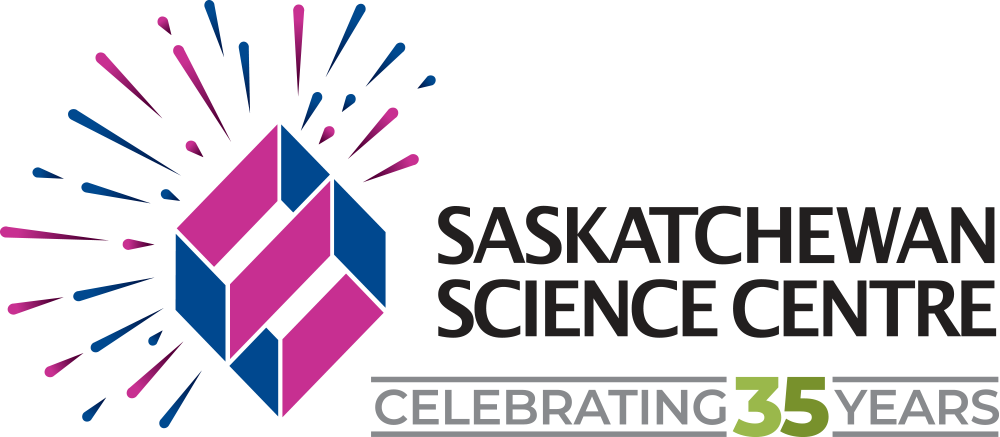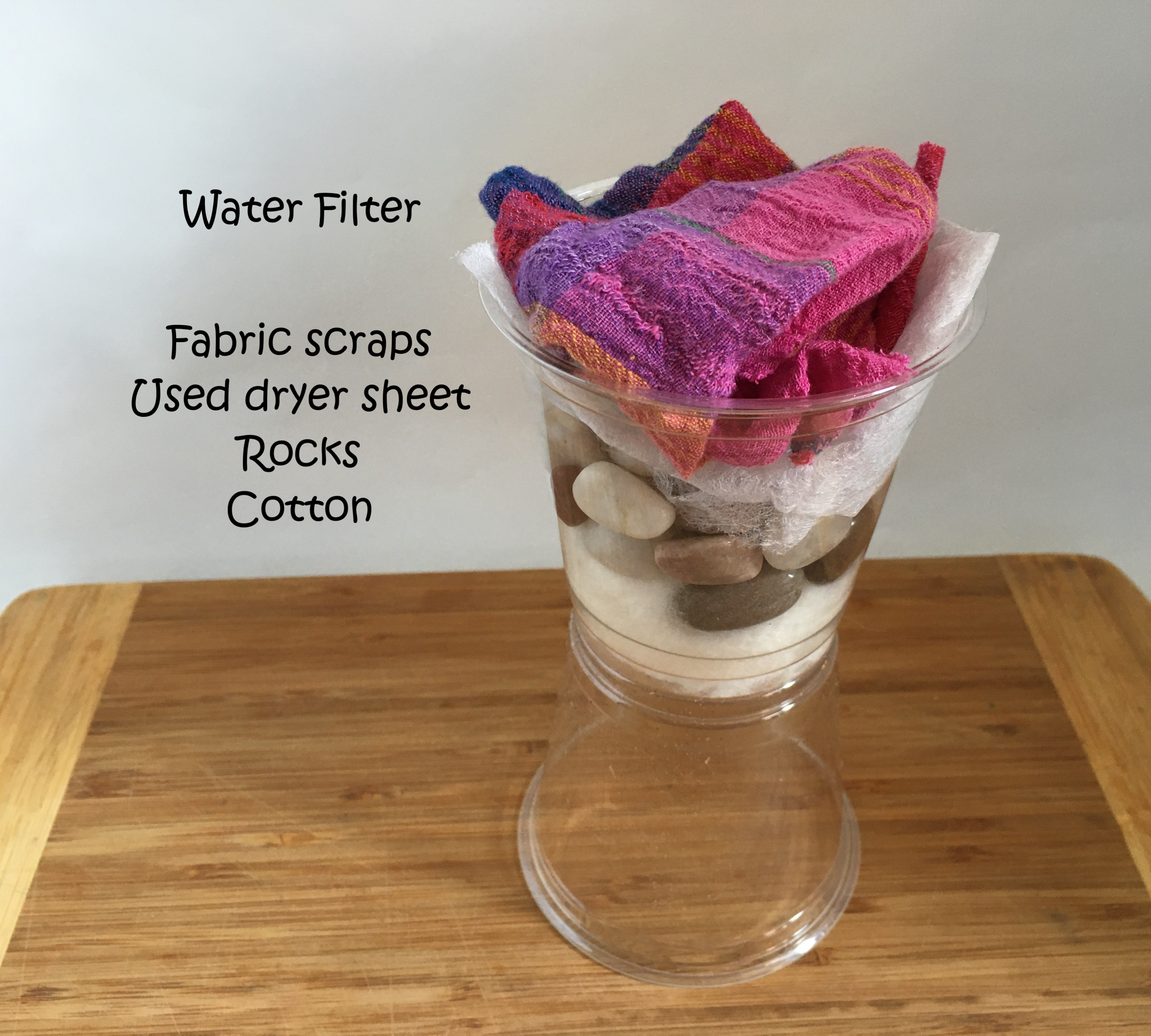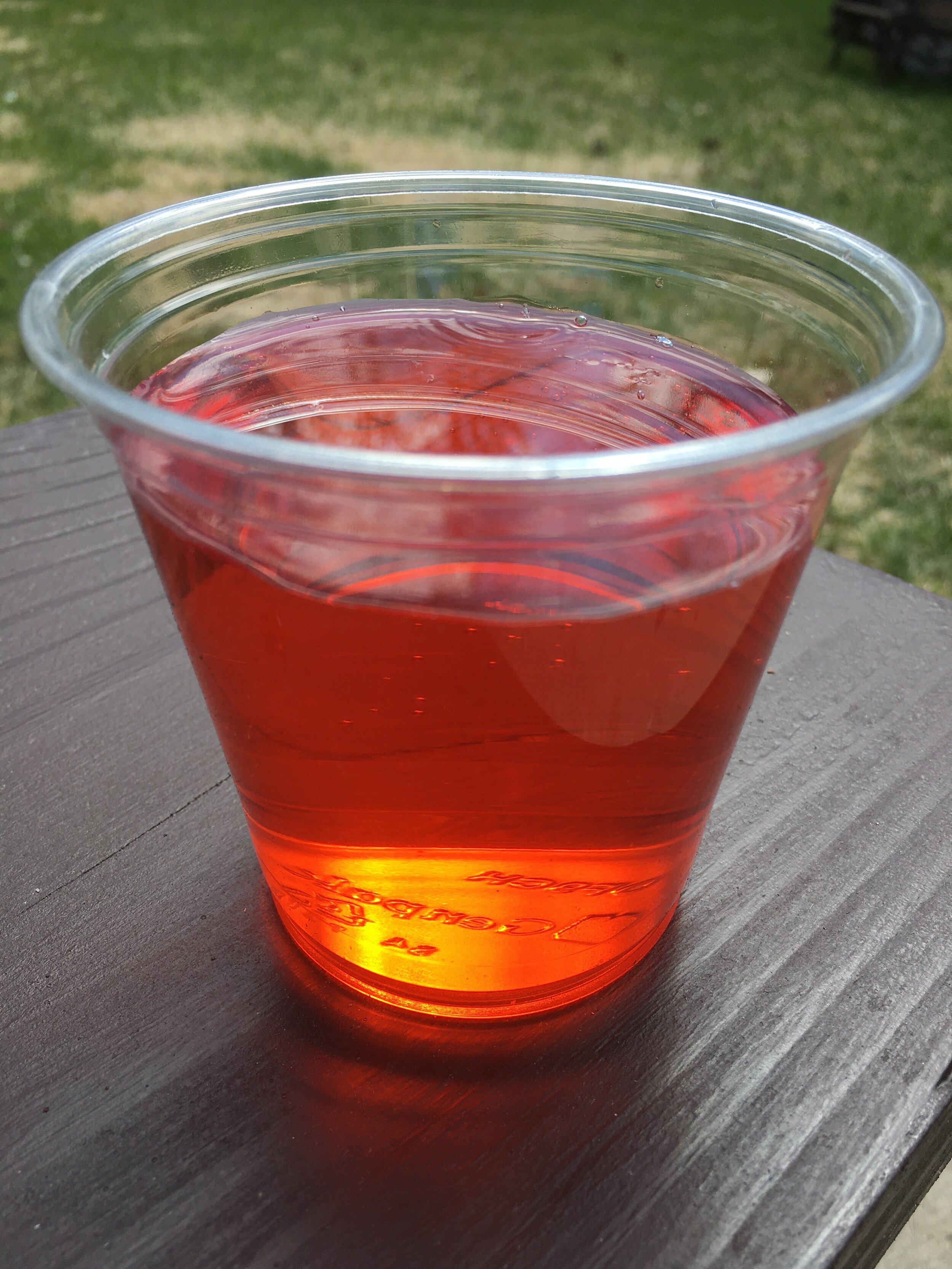Water Filter Challenge
Activity Type
Challenge
Description
The wilderness doesn’t have the luxury of tap or bottled water. Find out what needs to happen to filter water from a creek to become safe to drink.
What you need:
2 clear plastic cups
Scissors
Pail, jar, jug or container to hold water
Water
Supplies to make the water dirty such as food colouring, glitter, small rocks, cooking oil, or small pieces of paper
Supplies to make dirty water
Supplies for building the filter. You do not need all the supplies listed here. Find supplies you think would make a good filter. Examples may include:
paper towels
gravel
sand
rocks
coffee filters
cotton balls
wool or yarn
scrap fabric or fibers
Supplies for building the filter
What you do:
1. Make some dirty water. Since we are only building test filters, you need to start by making some water you can use to test your filter.
• In a pail, jug or jar, add water.
• To that pail of water add something to make it dirty such as food colouring, glitter, small rocks, cooking oil or small pieces of paper.
• Mix together
Consider this:
What are some things that might make water dirty? Can all things be filtered out of water?
The dirty water we created - don’t drink it!
2. Make the water filter:
Can you make a filter that will clean the dirty water you just made?
• Cut one small hole in the bottom of one of the cups. That will be the cup where you build your water filter.
• Choose up to 3 or 4 materials to create the filter. You want to be able to filter out everything from the water to make it clean.
• You may want to try making your filter using supplies such as cotton balls, sand and yarn. Layer each material separately in the cup with the hole in the bottom.
Our completed filter
Consider this:
Does it matter in what order that the materials are stacked?
Will the filter materials make the water dirty?
Will everything you put into the water get removed from the water by the filter?
3. Test the water filter:
• Pour the dirty water through the test filter you just made. Be sure to have the other clear plastic cup under it to catch the water.
What does the filtered water look like?
Does it look clean?
Are any of the “dirty” particles left in the water?
What about the food colouring?
Do you think there might be things in the water you cannot see?
Filtered water
4. Inspect the filter
• Take the filter apart and look at the different layers.
o Can you determine which layer filtered some of the participles?
o Can you tell what each material removed from the water?
o How can you modify your filter to improve it?
Inspecting our filter
Parent tips:
• Explore the uses of water filters in the real-world settings. Encourage further exploration into the topic of wilderness survival. As well as the importance of available fresh water.
• Encourage curiosity and messiness. Try making water filters outside to avoid indoor messes.
• Allow for retesting and trying again. Find other materials to test, explore, and investigate.
Explanation:
Water is made up of very small particles called molecules. Each water molecule is made of two hydrogen atoms and one oxygen atom. That's why water is called H2O. When water is first poured into the filter, some of the water molecules stick to the gravel, sand, and cotton, making them wet. Once the filter is wet, the rest of the water molecules slip through the spaces in between the gravel, sand, and cotton. The dirt particles are bigger than the water molecules, so they can't get through. They get stuck in the filter.
Safe drinking water is important for survival. Water from lakes and rivers often has contaminants that make it unfit for drinking. The water may contain dirt, rocks and other objects that can be easily identified. There may also be unseen contaminants like bacteria, viruses, water born parasites, or organic matter dissolved in the water. For these reasons, water that is delivered to our homes must go through a water treatment process. This is typically a five-part process that consists of aeration, coagulation, sedimentation, filtration and disinfection. This activity is only concerned with filtration, which removes most but not all of the impurities from the water.
You most likely will be able to filter out most of the larger visible particles, but the food colouring will remain. This represents the bacteria, viruses, and chemicals that can be in water that are too small for the human eye to see and must be filtered out with ultrafine materials or chemicals.
Be sure to remember that we are only making a test filter and water found outside in puddles, lake and rivers might be unsafe to drink, even when using your filter.
Notes:
Saskatchewan Water Security Agency
Loving this content? Make a donation to the Saskatchewan Science Centre!
#waterfilters #cleanwater #letssciencethis #SaskScienceCentre #AtHomeWithCASC #ScienceChampions #ScienceAtHome #realsciencerealfun






